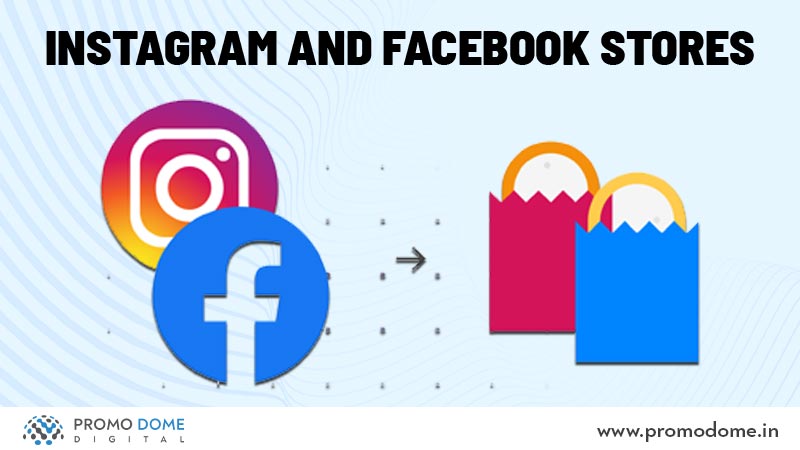Ecommerce has grown to be a highly competitive industry in the digital marketing realm. Email marketing is the bedrock of capturing clicks from your target audience and growing your business online. Wondering how you can promote your e-commerce business despite the rising cutthroat competition? Let’s wall through the 7 actionable steps that can help you stand out from the competition and scale your online store to new heights.
Table of Contents
Top 7 Best Ecommerce Marketing Tips to Increase Sales
Here are the 7 best tips and strategies for e-commerce marketing.
1. Online Advertising

Often called Digital advertising or paid marekting, it is the way to go when you are starting your eCommerce business. Given that you are a new domain with a low DA score, this is a great way to show your products on top of the search lists. However, that’s just one aspect of it; you can adopt so many different kinds of advertising strategies to advertise your eCommerce business. You can rely on Google ads, Social Media ads, and much more. Depending upon your business model and suitable advertising strategies, you get the right paid media management services.
2. Email Marketing

Email marketing works wonders to get more clicks and increase potential sales from your target audience. It provides a great way to advertise new products, coupon codes, hold contests, and get feedback for your products or services. Add multiple touchpoints for your audience to add their email address to receive updates about your latest products.
3. Instagram and Facebook stores

Integrating your Instagram account with your website is a great way to reach a massive 1 billion active users on Instagram. Many businesses have solely been operating on Instagram and doing a brilliant job. However, for the most part, Instagram’s user horizon keeps you limited to the young generation and the population of certain groups. However, to appeal to the rest of the world, you need to focus on Facebook marketing and create a Facebook Store. One of the best advantages of having your eCommerce store on Facebook is the exposure and the effectiveness of Facebook ads.
4. Search Engine Optimization (SEO) For Ecommerce Marketing

Search Engine Optimization helps your website rank higher in search engine results and makes it easier for your target audience to find you. Besides, ranking for specific keywords and terms that your audience types for when searching for products online increases the flow of organic traffic for your ecommerce website. Understand SEO and implement various strategies because your customers might be ready to buy when looking for the desired products and services.
5. Offers and Coupons

One of the best e marketing strategies that appeal to the customers is the issue of offers and coupons. These coupons need to be promoted with the help of social media ads and through Digital Wallets to encourage more and more people to use those offers and order from your eCommerce website.
6. Pay-Per-Click Ads(PPC)
No matter how much you optimize your SEO strategy, PPC advertising is highly helpful in generating traffic to your e-commerce website through different sources. It complements your SEO strategy and contributes to the best results for Ecommerce marketing. You can rely on the Google Ads network to set your display ads when people search for certain keywords.
7. Content Marketing
Content marketing involves creating high-quality content that aligns with your target audience’s interests and distributing them online. It is an essential aspect of ecommerce marketing. Blogs, downloadable guides, and engaging infographics are common forms of content marketing. These value-driven content types increase the chances of converting website visitors into loyal customers. Besides, it also boosts your domain authority as people trust your website more.
Conclusion
These are some of the most commonly used Ecommerce marketing strategies that will help you market your eCommerce business. With the right use of these e-marketing strategies, you will observe a drastic growth in your sales and market exposure.
